Table of Contents
Blue Dream. LA Confidential. Acapulco Gold. Pineapple Express. The types of weed are virtually endless. Despite all this diversity, cannabis strains come from one of two primary sources: sativa and indica.
Sativa is known for producing a high that comes with energy and creativity. Indica offers a full-body mellowness that can induce relaxation and curb insomnia. There are also blends of the two strains, which are hybrids.
The world of weed can appear to be a vast and daunting place. We are here to change that. In this article, we are going to break down the difference between indica, sativa, and hybrids and using each strain. That way, you can get the effects you want every time you use it.
Indica

Brace yourself for a history lesson. The French naturalist and biologist Jean Baptiste Lamarck published the first documentation of Cannabis indica in 1785. Lamarck came across the plant in India and noted the plant’s short, bushy, and rigidity structure.
Today, people grow Indica across the world, though the plant traces its origins to the Hindu Kush mountain range in India. There are also populations of the crop in Nepal, Afghanistan, Pakistan, Thailand, and western Africa. Generally speaking, Cannabis indica grows best in temperate climates.
Indica is known for producing a “body high.” This effect typically leaves the indica consumer with a sense of physical relaxation or sleepiness. That is why many people opt to consume it in the evening or before bed.
These effects are a direct result of the complexion of the plant. Indica has a higher ratio of cannabidiol (CBD) to tetrahydrocannabinol (THC) than sativa or hybrids. The CBD is a non-intoxicating substance in the plant that people associate with reducing anxiety and pain. On the other hand, THC creates a sense of highness and hunger.
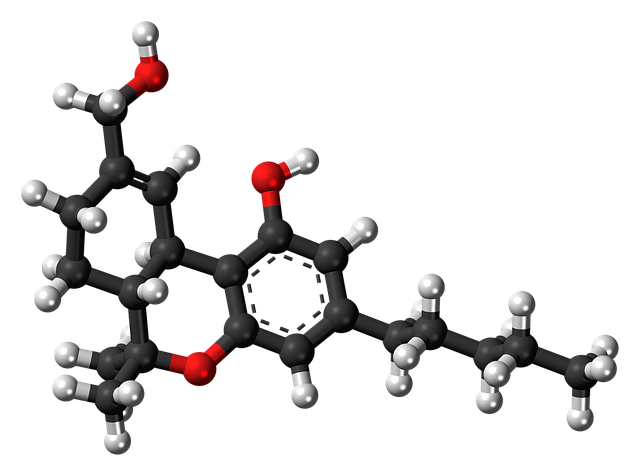
Indica is more popular for recreational use due to its sedative effects. In addition to consuming it before bedtime, people will also use it to relax during the day or kick back and watch a movie. While the intensity of the effects will vary from person to person based on dosage, indica is also known to induce an aura of happiness or euphoria.
The sensation of a full body high also goes hand in hand with loosen muscles. Because of this effect, indica has a wide range of medicinal uses. For instance, patients may use it to treat sleeping problems, chronic pain, anxiety, appetite loss, stress, or PTSD.
Of course, it is possible to have adverse side effects from indica too. People might find themselves lethargic after smoking, forgetful, or making inaccurate judgments. Indica can also contribute to a greater sense of anxiety based on the situation or stress levels of an individual.
Sativa
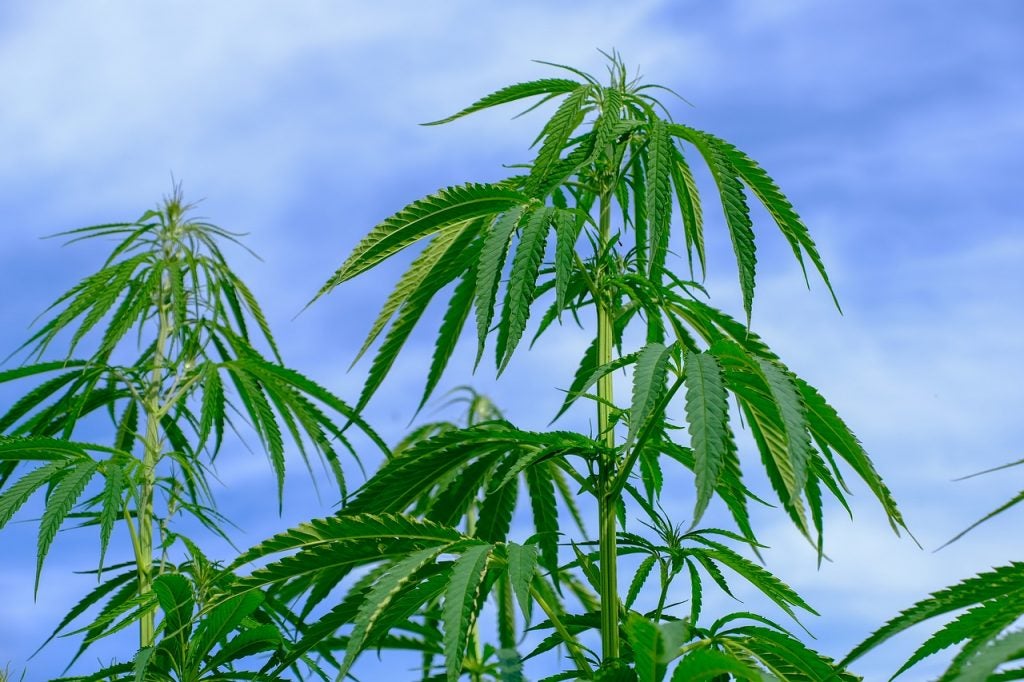
Botanist Carl Linnaeus gets credit for the first classification of Cannabis sativa in a 1753 publication. While it is challenging to confirm, some believe the plants’ usage dates back two centuries prior when the Spanish conquistadors introduced it to the New World. The proliferation of sativa would, therefore, account for the plant’s presence in Colombia, Panama, Mexico, India, and southwest Asia.
Linnaeus, like many documentarians after him, found sativa adapted well to rainforest climates. The plant requires more than 12 hours of light per day to flourish, and its flowering process typically takes place in the dark. Sativa thrives in these climates, in part, because its long, thin leaves let rainwater roll-off, which protects it from infection, pests, or fungus.
Sativa plants also grow rapidly, which is why there are few grow houses that can accommodate them. The plant needs at least two months to start blooming whereas indica may be done flowering at that point. They also can grow up to 20 feet tall as opposed to indica, which tapers at three to six feet.
When it comes to comparing sativa verses indica, sativa provides the yin to indica’s yang. For starters, people get a “head high,” which provides a sensation of energy. Other associated effects include anxiety-reduction, increased productivity, more focus, and pain sedation. Skookum Cannabis tins series includes great Sativas!
People that want a creative burst may use sativa to spur ingenuity. Part of the reason people take sativa for a mental spark is because of the chemical complexion. The strain has a higher level of THC compared to its counterparts, which can affect the psychological observation of the body and mind.
Some of the most well-known strains of cannabis come from sativa, including Panama Red and Acapulco Gold. These strains gained popularity in the 1960s because of their potency and psychedelic effects. Other popular varieties include Amnesia Haze, Girl Scout Cookies, and Durban Poison.
Hybrids
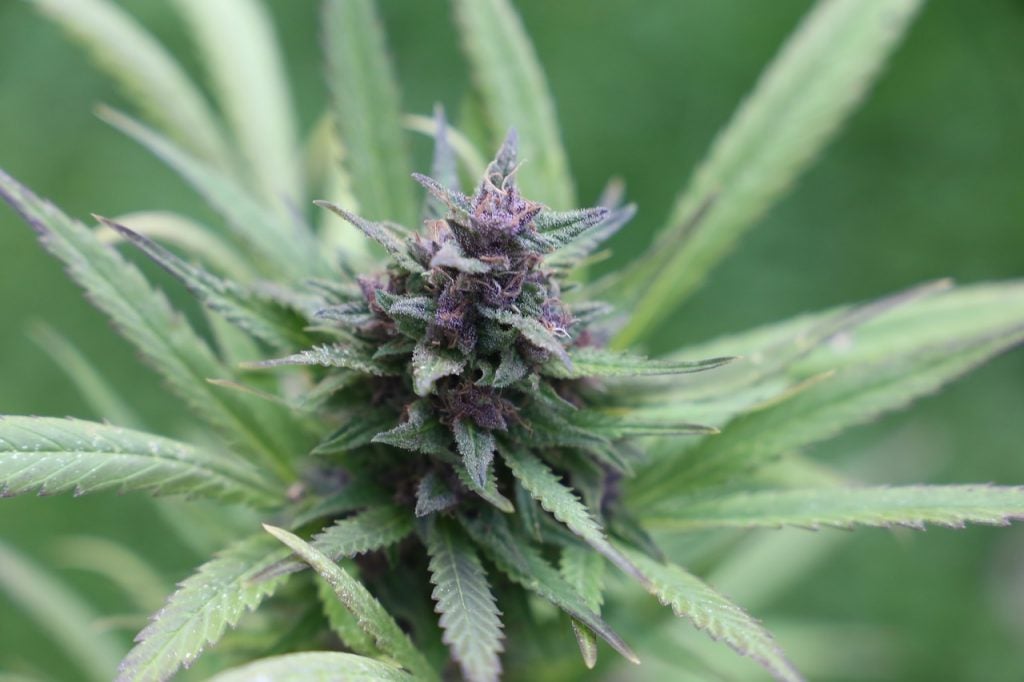
The history of cannabis hybrids is as old as cultivation itself. Each year, cannabis growers will crossbreed strains of indica and sativa to form unique offspring. The goal is to create specialized effects depending on the preferences and needs of the user.
The most common place to find hybrids is on a farm or in a grow house. The plant’s appearance will depend on the combination of genes from the parents. It will also have a unique THC and CBD percentage too.
Today, popular strains of hybrids include Pineapple Express, White Widow, and Blue Bream. Pineapple Express, for instance, has a low CBD level and moderately high THC level, which makes it ideal for addressing anxiety or sharp pain. There are also classifications of hybrids where the strain is indica-dominant, sativa-dominant, or balanced.
Again, the effects will vary depending on the parental plants, so it is impossible to pinpoint characteristics for every hybrid. Typically, though, people can expect to experience less anxiety and stress. Hybrids are also a popular form of treatment to ease the symptoms of intense procedures like radiation or chemotherapy.
While this article is meant to highlight indica vs. sativa and hybrids, it is worth taking a second to mention Cannabis ruderalis. The plant exists in extreme climates, such as the Himalayas, Russia, Siberia, and Eastern Europe. The small bushy plant has some THC and CBD, but not enough to produce side effects. Therefore, people do not use it regularly for medicinal or recreational purposes.
When to Use Each Phenotype – Indica, Sativa & Hybrid
Before selecting what strain of cannabis to use, it is essential to consider what effects you are aiming to get. You make also want to consider the time of day and whether the use is for fun before consuming. An oversimplification of sativa vs. indica would be that sativa is for recreational purposes, and indica is for medical ones.
Sativa produces a literal high sensation. You will be more alert and energized, in addition to the pleasant “head high” that goes along with consumption. If you want to paint, play music, or brainstorm, you may also opt for sativa because of its creativity-enhancing properties.
The energy boost that comes along with sativa makes the strain ideal for daytime use. Users get the most out of the euphoric and uplifting effects while leaving plenty of time to come down in the evening. Long story short, if you want an enhanced cerebral feeling, go with sativa.

Conversely, indica provides a widespread feeling of relaxation. The body high will help reduce stress and anxiety and even minimize the impact of chronic pain. Potent strains of indica are known to induce “couchlock” where the user becomes so relaxed that they effectively become locked to the couch.
Indica is best suited for pain relief or relaxation purposes. Most people opt to have it during the nighttime to fall asleep more easily. Beware that indica can stimulate appetite so that you might awake with a bout of hunger.
Hybrids are for individuals who want the effects of cannabis to be more specific. For instance, a mixture of indica and sativa can yield an alert mellowness, which can improve productivity, researching, or studying. That effect is not necessarily possible with a pure variety of sativa or indica.
There are plenty of compelling medicinal uses for hybrids as well. A blend can give patients that benefit from pain relief from indica while the sativa traits prevent them from falling asleep mid-day. If you already know what you prefer when it comes to indica and sativa, hybrids are worth your time.
Conclusion
There are thousands of strains of cannabis, but they all connect back to indica and sativa. These are the dominant plants in the cannabis industry. While it is a bit of a simplified, thinking of sativa for recreational use and indica for medical ones can be a starting point.
Of course, each strain of indica, sativa, and hybrids is unique. The variations of THC, CBD, terpene, and other genetic material can yield various magnitudes of effects for the users. People can experience anything from a sense of tranquility to a burst of energy.
The key is to find what type of cannabis works for you. If you are starting, it doesn’t hurt to sample several different kinds. If you are curious about learning more about cannabis, feel free to consult with your doctor, dispensary, or healthcare provider today.
Check Out These Great Strains:

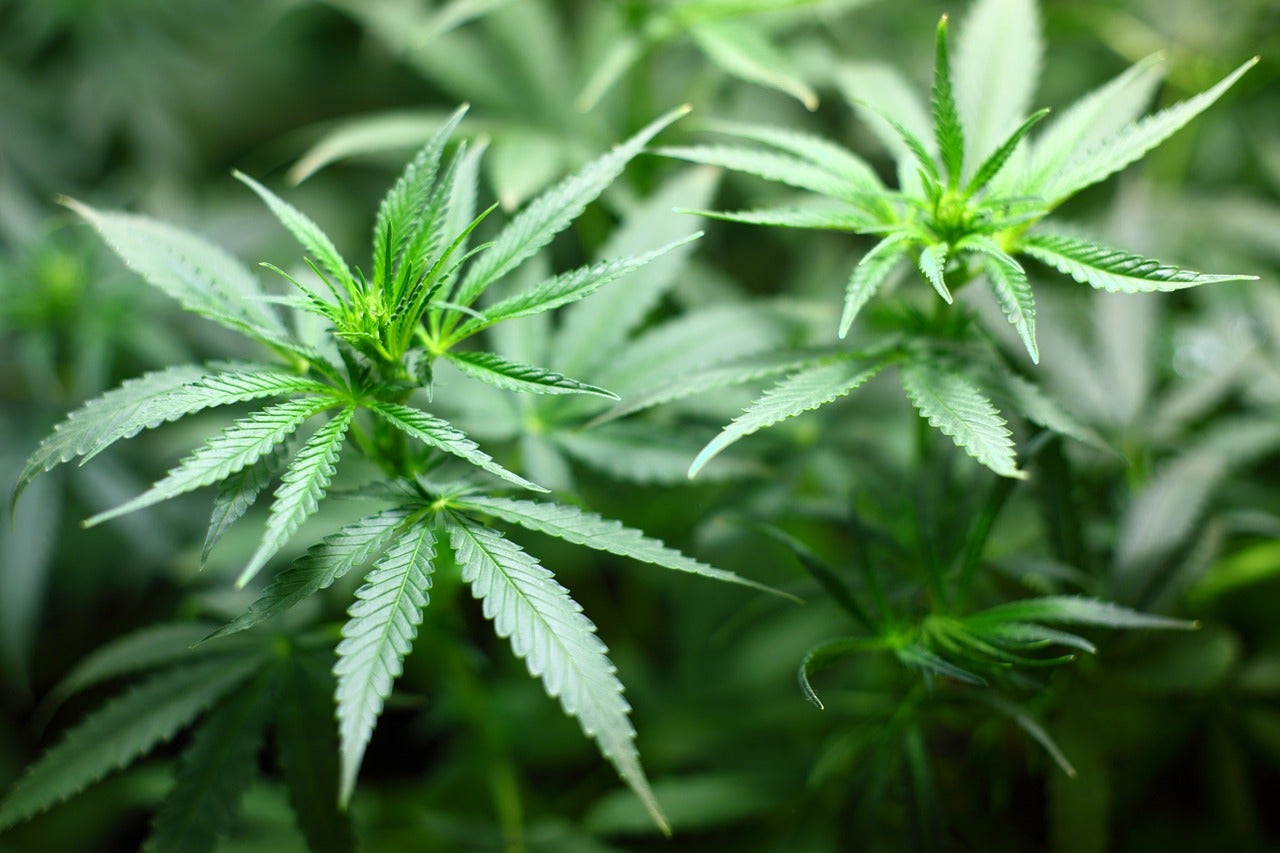
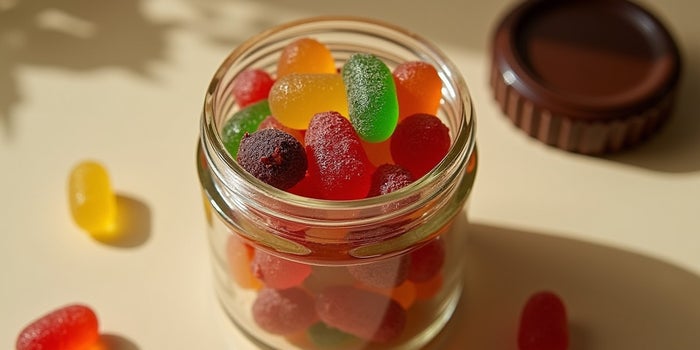

Recent Comments